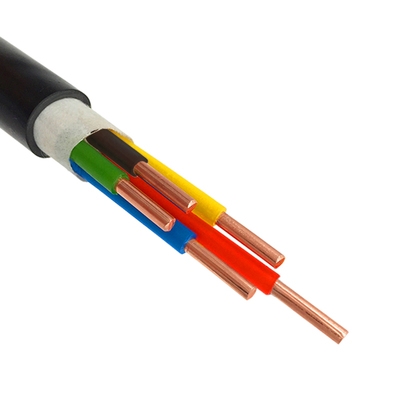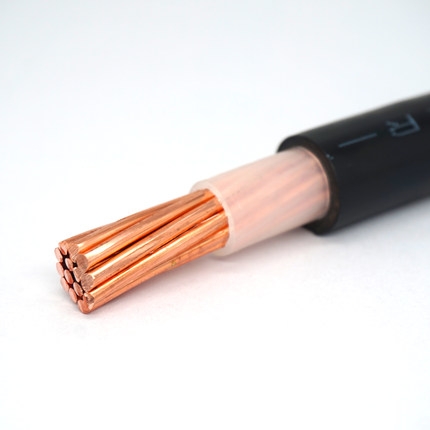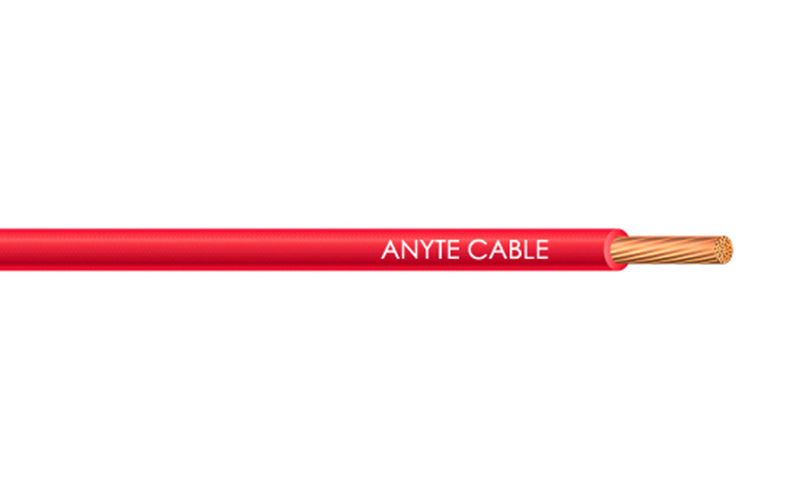Selecting the appropriate 電力ケーブル is crucial for the safety, efficiency, and performance of electrical systems. Whether you are outfitting a home, an industrial facility, or any other environment, choosing the right one can prevent electrical hazards and ensure reliable power delivery. This article provides a comprehensive guide on how to choose the right power cable for your needs, discussing the various types of it, their applications, and the key factors to consider during the selection process.

Understanding Power Cables
Power cables are used to transmit electrical power from one point to another. They consist of one or more electrical conductors, typically made of copper or aluminum, and are insulated with a material that resists electrical flow to prevent short circuits and electrical shocks. They can be found in a variety of environments, including residential, commercial, and industrial settings.
Types of Power Cables
- Flexible Cables: These cables are designed for applications where flexibility is required, such as in portable devices, appliances, and tools. They are typically made with stranded conductors to enhance flexibility.
- Armored Cables: Armored cables are used in environments where mechanical protection is necessary. They have a protective metal sheath that guards against physical damage and is suitable for underground installations or harsh industrial environments.
- Non-Metallic Sheathed Cables: Also known as Romex, these cables are commonly used in residential wiring. They consist of insulated conductors enclosed in a plastic sheath and are suitable for indoor use.
- Coaxial Cables: Coaxial cables are used for transmitting high-frequency electrical signals. They consist of a central conductor, an insulating layer, a metallic shield, and an outer insulating layer. They are often used for cable television and internet connections.
- Submersible Cables: These cables are designed for use in underwater applications, such as in wells and pumps. They are made with materials that prevent water penetration and are resistant to corrosion.
- High Voltage Cables: High voltage cables are used to transmit power at high voltages, typically over long distances. They have additional insulation and protective layers to handle the high electrical stress.
Key Factors to Consider
1. Voltage Rating
The voltage rating of a power cable is one of the most critical factors to consider. The cable must be rated to handle the maximum voltage of the electrical system to prevent insulation breakdown and potential electrical fires. Ensure that the power cord you choose meets or exceeds the voltage requirements of your application.
2. Current Carrying Capacity
The current carrying capacity, or ampacity, refers to the maximum amount of current that a power cord can safely conduct without overheating. It is essential to select a cable with an ampacity that matches or exceeds the current requirements of your electrical system. Factors affecting ampacity include the conductor material, insulation type, and installation conditions.
3. Conductor Material
They are typically made with copper or aluminum conductors. Copper is a better conductor of electricity and offers higher current carrying capacity, making it ideal for most applications. Aluminum, on the other hand, is lighter and less expensive but has a lower conductivity. Choose the conductor material based on your specific needs and budget.
4. Insulation Type
The insulation type is crucial for ensuring the safety and longevity of power cables. Common insulation materials include PVC (polyvinyl chloride), XLPE (cross-linked polyethylene), and EPR (ethylene propylene rubber). Each material has its properties and applications:
- PVC: Widely used, cost-effective, and suitable for indoor applications.
- XLPE: Offers better thermal resistance and mechanical strength, making it suitable for higher voltage and outdoor applications.
- EPR: Known for its flexibility and excellent electrical properties, suitable for a wide range of environments.

5. Environmental Conditions
Consider the environment in which the power cable will be installed. Factors such as temperature, moisture, chemical exposure, and physical impact can affect the performance and durability of the cable. For example:
- In outdoor or wet environments, choose cables with waterproof or weather-resistant insulation.
- In industrial settings with exposure to chemicals or oils, select cables with appropriate chemical-resistant insulation.
- For underground installations, use armored cables for added protection.
6. Regulatory Standards
Ensure that the power cords you choose comply with relevant industry standards and regulations. Compliance with standards such as UL (Underwriters Laboratories), IEC (International Electrotechnical Commission), and NEC (National Electrical Code) ensures that the cables meet safety and performance requirements.
Applications of Power Cables
- 住宅用配線: For residential wiring, non-metallic sheathed cables (Romex) are commonly used. They are suitable for indoor installations, providing power to outlets, lighting, and appliances.
- 商業ビル: Commercial buildings, need to handle higher loads and may require additional protection. Armored cables and flexible cables are often used in these environments.
- 産業施設: Industrial applications require power cables that can withstand harsh conditions and high electrical loads. Armored cables, high voltage cables, and submersible cables are commonly used in industrial settings.
- Underground and Submarine Installations: For underground and submarine power transmission, high voltage cables with robust insulation and protective layers are necessary to handle high electrical stress and environmental conditions.
- Portable Devices and Tools: Flexible cables are ideal for portable devices and tools, providing the necessary flexibility and durability for frequent movement and handling.
Steps to Select the Right Power Cable
1. Assess Your Electrical Needs
Start by evaluating the electrical requirements of your application. Determine the voltage, current, and power demands to ensure that the selected they can handle the load.
2. Consider the Installation Environment
Analyze the installation environment to identify potential challenges such as temperature extremes, moisture, chemical exposure, and physical impact. Choose a power cord with insulation and protective features suited to these conditions.
3. Check Compliance with Standards
Verify that the power cord complies with relevant industry standards and regulations. Compliance ensures that the cable meets safety and performance criteria, reducing the risk of electrical hazards.
4. Calculate the Correct Size
Use electrical calculators or consult with a professional to determine the correct cable size based on the current carrying capacity and voltage drop considerations. Proper sizing is crucial to avoid overheating and ensure efficient power delivery.
5. Evaluate Cost and Availability
While cost is an important factor, it should not compromise safety and performance. Consider the long-term benefits and reliability of the power cable. Additionally, ensure that the chosen cable is readily available from reputable suppliers.
Maintenance and Safety Tips
- 定期検査: Periodically inspect power cords for signs of wear, damage, or deterioration. Replace any damaged cables immediately to prevent electrical hazards.
- Proper Handling and Installation: Follow manufacturer guidelines for handling and installing power cables. Avoid bending or twisting cables excessively, and use appropriate tools and accessories to secure them.
- Labeling and Documentation: Clearly label power cords and maintain documentation of their specifications and installation details. This helps in troubleshooting and maintenance activities.
- Training and Awareness: Ensure that personnel handling and maintaining they are adequately trained and aware of safety protocols. Proper training reduces the risk of accidents and ensures safe and efficient operations.
結論
Choosing the right power cable is essential for the safety, efficiency, and reliability of electrical systems. By understanding the different types it, their applications, and the key factors to consider during the selection process, you can make informed decisions that meet your specific needs. Regular maintenance and adherence to safety practices further ensure the longevity and performance it, protecting both people and property from electrical hazards. Whether for residential, commercial, or industrial use, selecting the appropriate power cord is a critical step in ensuring a safe and efficient electrical infrastructure.




